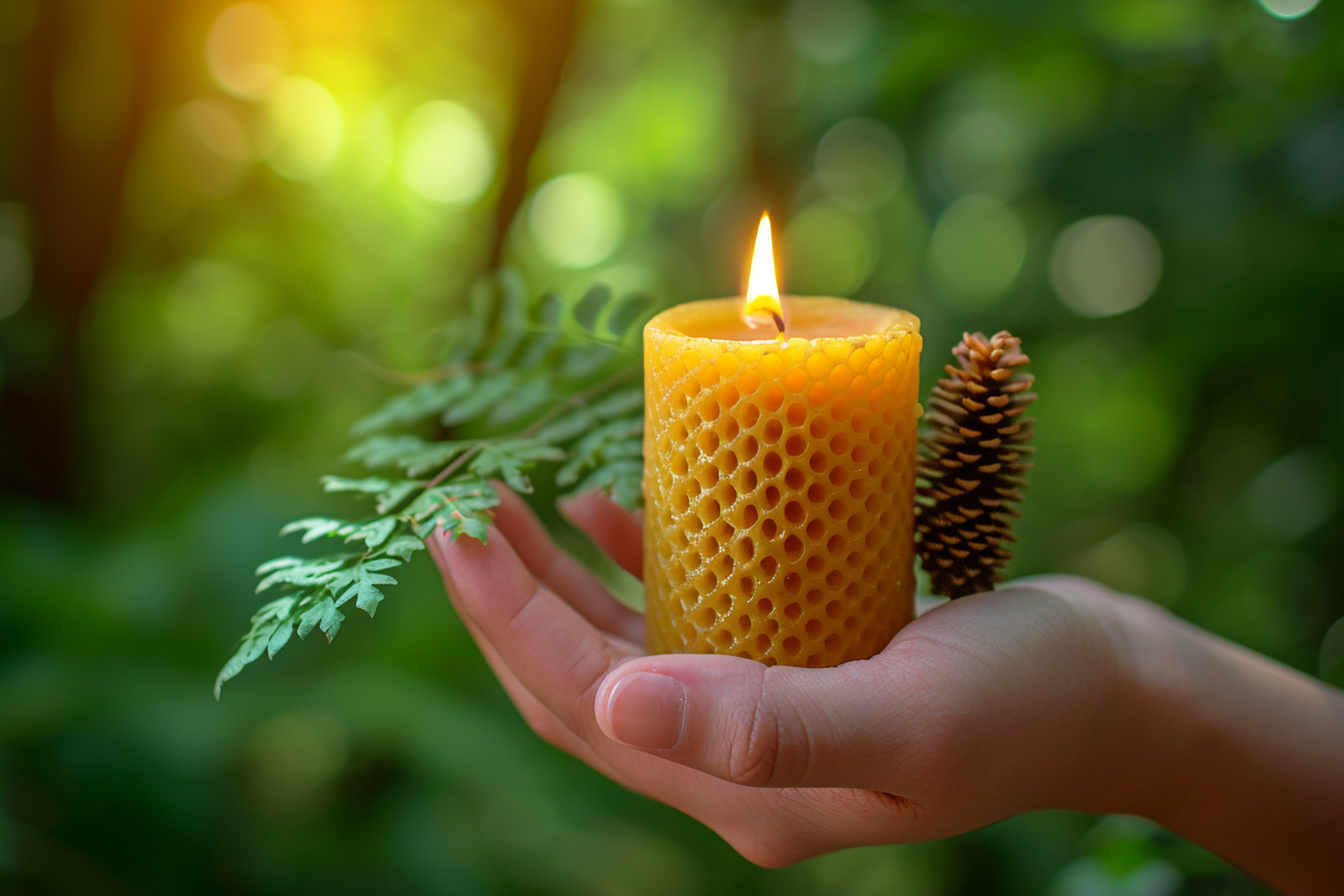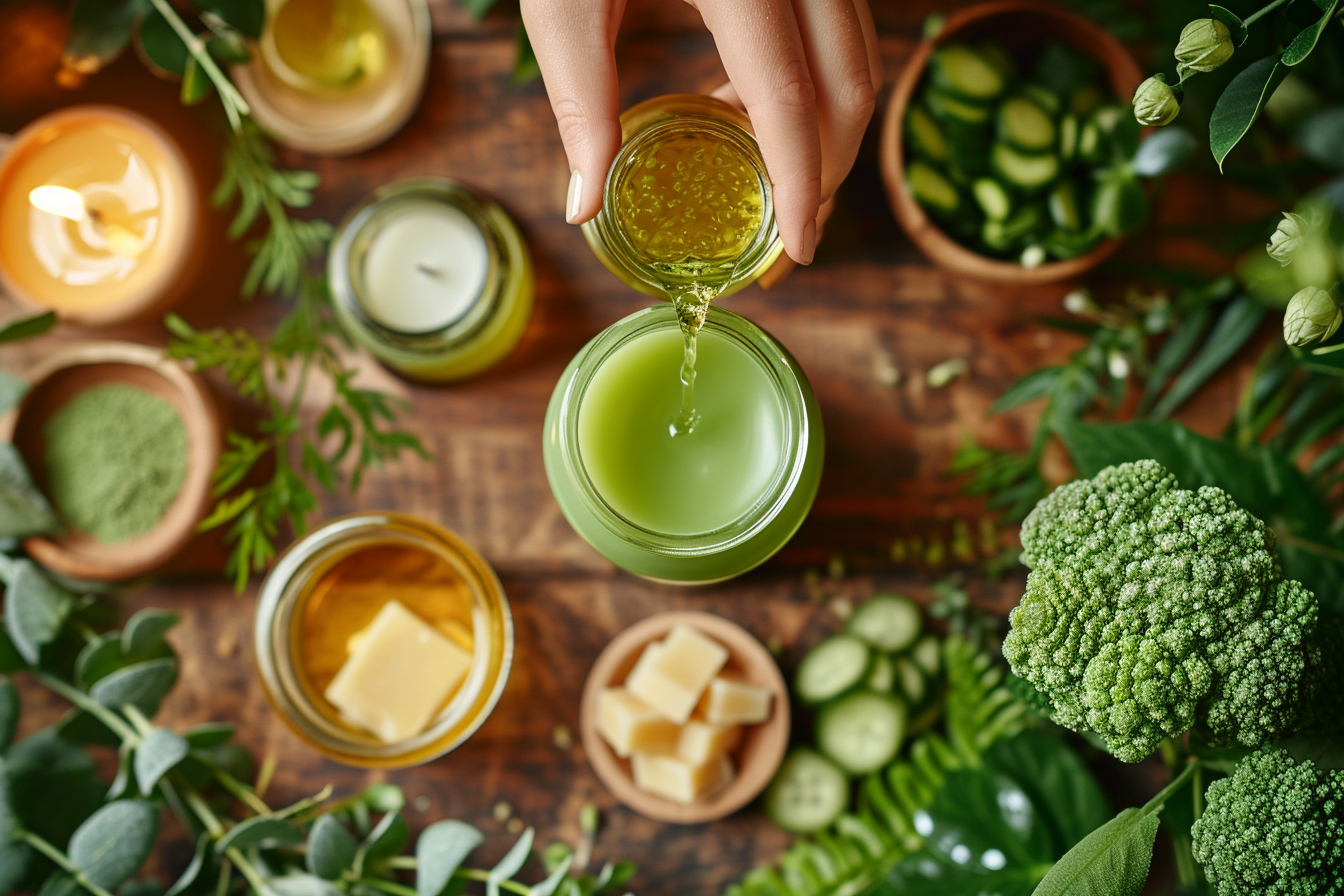Candle making is an art form with a rich history that dates back thousands of years. As a time-honored practice, it has evolved significantly, with sustainability now a major factor in the craft. With growing environmental concerns and an increasing demand for eco-friendly products, sustainable candle making has become crucial for both artisans and consumers. This pursuit combines the beauty of candle making with a commitment to environmental stewardship. Here, we’ll explore the essential tips for crafting eco-friendly candles that not only brighten spaces but also protect our planet.
The importance of sustainable practices in candle making
Sustainable practices in candle making cater to the vital need to reduce the environmental impact of productions and products. Candles have long been a source of light, warmth, and ambiance for countless individuals. It is imperative that the process of creating these irreplaceable items does not contribute negatively to the ecological balance. Embracing sustainability in candle making, therefore, is not just a trend but a responsibility that enables us to enjoy the benefits of candles without compromising the health of our environment.
Choosing eco-friendly raw materials
The selection of raw materials is a foundational aspect of sustainable candle making. The choice of wax, wicks, fragrances, and dyes has a profound impact on the environment. Here’s what you need to know about each of these components:
waxes
Natural waxes
Natural waxes are preferred over their synthetic counterparts for various reasons. Soy wax, for example, is a biodegradable and renewable resource that burns cleaner than paraffin, a petroleum byproduct. Other options include beeswax, which is naturally produced by honeybees, and coconut wax, which is another non-toxic, biodegradable alternative. These waxes ensure that your candle making process is aligned with sustainable practices.
Palm wax
Despite being natural, palm wax can be contentious due to deforestation and habitat destruction associated with palm oil production. If choosing palm wax, it is essential to source it from suppliers that are certified for their sustainable practices.
wicks
The type of wick used in candles can also make a significant difference. Cotton wicks are preferable as they are natural and burn cleanly compared to lead or zinc core wicks, which can release harmful substances into the air.
Fragrances and dyes
For scents, opt for essential oils rather than synthetic fragrances, which may contain phthalates and other volatile organic compounds (VOCs). When it comes to adding color, natural dyes or pigments derived from plants or minerals are the sustainable choice.
Implementing energy-efficient production methods
Moving beyond materials, the methods used in candle production can either enhance or harm sustainability efforts.
Hand-Pouring techniques
Hand-pouring candles uses significantly less energy than mass production techniques. By pouring candles by hand, artisans can minimize the carbon footprint associated with automated machinery.
Batch sizing
Creating candles in appropriate batch sizes is another key aspect. Producing too many candles at once can lead to waste if the demand doesn’t meet the supply. Conversely, producing too few can result in inefficient use of time and energy resources.
Energy source
The energy source used to melt the wax is also a consideration. Utilizing renewable energy sources like solar or wind power for the melters can go a long way in reducing the overall impact on the environment.
Minimizing waste throughout the candle making process
Eliminating waste is at the core of sustainability, and candle making is no exception to this principle.
Reusing materials
Whenever possible, reuse materials. This can mean repurposing leftover wax, salvaging bits from imperfect candles, or reusing molds and containers.
recycling
Encouraging consumers to recycle the candle containers after use through instructions or incentives helps to ensure the materials don’t end up contributing to landfill waste.
Zero-Waste packaging
Packaging should be minimal, recyclable, biodegradable, or compostable. Materials like cardboard, paper, or even plantable seed paper serve as excellent eco-friendly options.
Ensuring a sustainable supply chain
Traceability and transparency in the supply chain are fundamental when striving for sustainability. This involves carefully selecting suppliers who share a commitment to environmental responsibility and ethical practices.
certifications
Look for suppliers with certifications like Fair Trade, Rainforest Alliance, or USDA Organic, which validate their sustainable and ethical operations.
Support for local economies
Supporting local suppliers not only reduces transportation emissions but also bolsters nearby economies, promoting a more circular economic model.
Ethical labor practices
Ensuring that workers involved in the supply chain are treated ethically and paid fairly is a part of the broader definition of sustainability that includes social responsibility.
Educating consumers on sustainable candle usage

The role of consumers is just as pivotal in achieving a sustainable lifecycle for candles.
Burn time
Informing buyers about proper burn times can enhance the longevity of candles, thereby reducing environmental impact through decreased consumption.
Reuse tips
Educating consumers about creative ways to reuse candle containers encourages sustainable behavior even after the candle has burned away.
Disposal information
Providing clear information on how to dispose of candle remnants responsibly can help prevent environmental harm linked to incorrect disposal methods.
Advancing the field with innovation

Continuous innovation is essential for pushing the boundaries of what’s possible in sustainable candle making.
Biodegradable additives
Researching and incorporating biodegradable additives that improve candle performance without harming the environment is a progressive step forward.
Alternatives to traditional candle components
Seeking alternatives to traditional, less-sustainable candle components can result in new, eco-friendlier products that set new industry standards.
Collaboration with environmental experts
Collaborating with environmental scientists and experts can lead to advancements in sustainable practices across all stages of candle making, from raw material sourcing to final product disposal.
Emphasizing the benefits of sustainable candles
Highlighting the benefits of sustainable candles can help foster a wider acceptance and demand for these products.
Health benefits
Eco-friendly candles often equate to cleaner air, as they are typically free from toxins found in some non-sustainable candles.
Long-Term cost efficiency
Due to the typically higher quality and longer burn times of sustainable candles, consumers may find them to be more cost-efficient in the long run.
Positive environmental impact
Promoting awareness about the positive environmental impact of purchasing sustainable candles can influence buyer behavior and contribute to larger sustainability goals.
As the journey toward a more sustainable future continues, the craft of candle making has the potential to shine as an example of how traditional practices can adapt to meet modern environmental challenges. Through careful selection of raw materials, energy-efficient production methods, waste reduction, a sustainable supply chain, consumer education, innovation, and the promotion of eco-friendly benefits, candle makers and enthusiasts alike can contribute to crafting a greener world—one candle at a time.

Leave a Reply